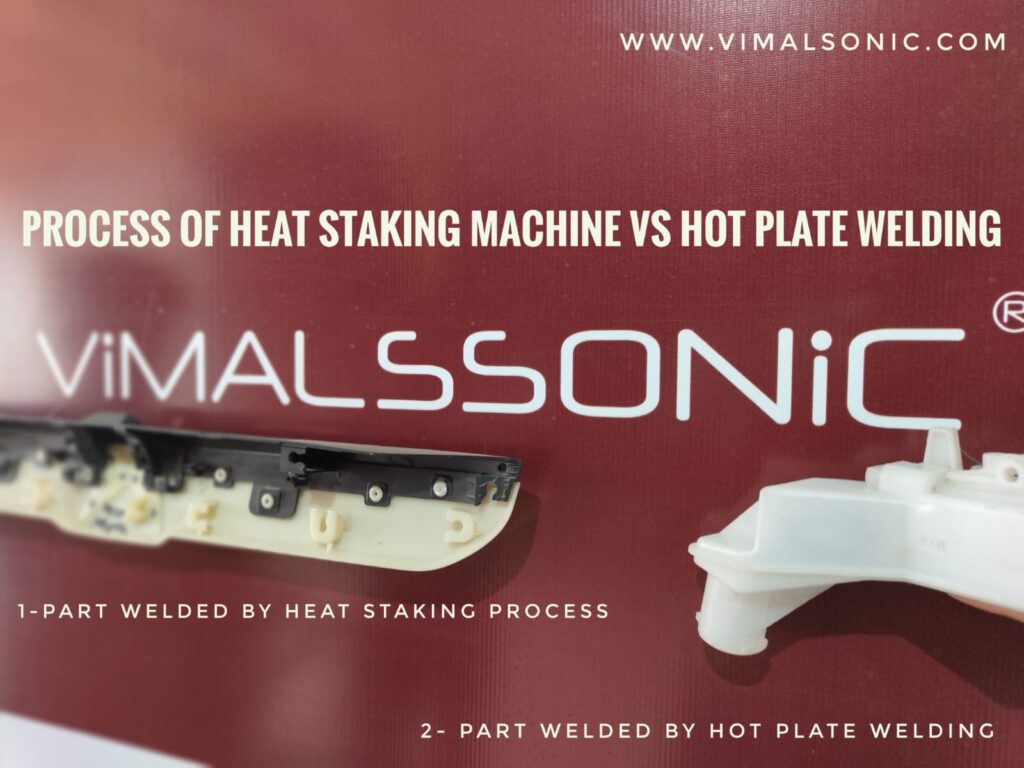
Plastic welding and plastic staking join plastic parts. As a plastic component producer, you may ask how these methods vary. To combine two plastic components, they must be melted and forced together. The heat from this action flows the plastic, which cools and bonds the two components. Hot plate welding is used to attach batteries, coolant bottles, and glove boxes.
Ultrasonic welding joins plastic fragments. High-frequency sound waves work well for little tools, toys, and ports. Laser welding polymers are newer. Hollow components, medical connectors, and electronic housings benefit from their exact couplings. Plastic staking involves putting a plastic boss or stud into a component and molding it into a stake with heat and a tool. PCBs, door panels, interior trim, and other components attach plastic parts to housings (PCBs).
Ultrasonics and Vimalsonic Heat machines stake plastic. They heat plastic in ways that match production.
When molten plastic solidifies, the stake becomes strong. Plastic welding and staking vary mostly in their junctions. Staking instead of welding provides a molecular mechanical connection.
Welding plastic melts its molecules. This forms a hermetic, unbreakable bond. Staking, however, keeps the components together mechanically. Stakes like rivets.
Several stakes hold items together, strengthening and tightening the structure. They also connect different materials. Staking doesn’t make a molecular bond, therefore it joins different materials. Hence, we may combine PCBs and metals. Welding is the only way to combine suitable plastics.
Most thermoplastics and other materials are compatible. A component maker should analyze the project’s needs and materials before choosing plastic welding or staking. Contact our technical Expert for your plastic component joining solution.
